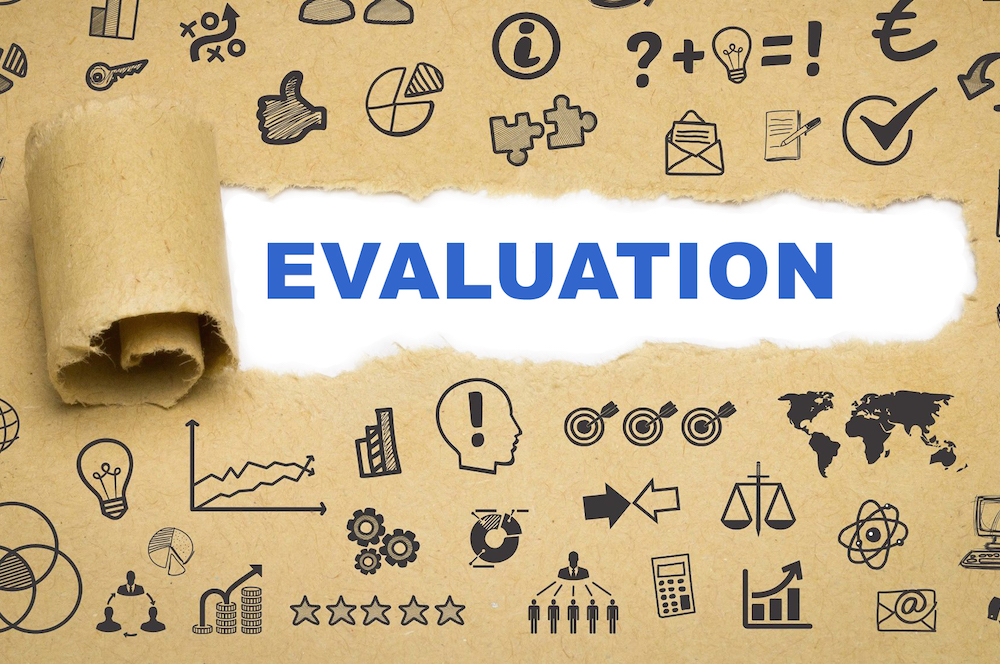03 May Grow by Shrinking: Become More Effective with Fewer Words by Thomas Assel, GPC
May is a month of growth. Trees leaf out more fully and flowers bloom. The temperature rises without being sweltering. We slip the cold bonds of winter and the chaotic weather of early spring, and we breathe deeply of air redolent with the fragrance of blossoms and freshly mown grass. I do, at least until my allergies cause my sinuses to shut tighter than a 100-words-or-less organizational description. As spring’s warmth sets in, we may clean out some of the clutter we accumulated during the long winter. Yes, May is a good month for decluttering our living spaces, and it’s a good month to declutter our writing. By paring down our writing to its essentials, we can be much more effective as grant writers. We can actually grow by shrinking. And not only can we reduce the physical space our writing occupies, but we can also reduce the effort needed to read it and understand it.26 May Parallelism: Lining Up Your Lists to Avoid Throwing Your Reader a Curveball. By Tom Assel, GPC
We’re grant writers. We often have to fit lots of content into character, word, or page limits. We always have to worry about keeping a reader’s attention. One way we condense content is by using a series, a list of three or more items separated by commas. One way to confuse readers and lose their attention is to write series that don’t make sense. This blog post will help you avoid that so you can write as clearly and concisely as possible.29 Mar Conducting Mission-Focused Planning and Needs Assessments with Applicant Organizations: Part 2 – Assessing the Need Written by Julie Alsup, GPC and Tom Assel, GPC
Posted at 20:42h
in Competency Two, Julie Alsup, GPC, Organizational Readiness, Program Design, Program Development, Thomas Assel, GPC
In Part 1, we talked about finding and using existing needs assessments. But suppose no appropriate needs assessment data already exists. How do you start the needs planning process?
17 Feb Organizational Readiness through an Evaluation Lens by Tom Assel, GPC
In a previous post, Julie Alsup, GPC looked at competency 2.2 through a budget lens. For this post, I’ll look at an agency’s readiness to seek project funding through an evaluation lens. Evaluation is crucial to project sustainability, a key factor in grant requests. Carefully considering project evaluation can help an agency obtain grant dollars for a project.03 Dec What’s So Scary About Federal Grants? by Thomas Assel, GPC
Posted at 21:28h
in Competency Five, Competency Four, Federal Grants, Organizational Development, Program Design, Thomas Assel, GPC
My wife, Julie Assel, likes writing federal grants. I’ve been told that’s odd, and I guess I can understand why. Consider your average small-to-medium foundation grant. It might be a 2-3-page letter with an attached organizational budget, maybe your 501c3 letter and a board roster, but nothing you haven’t seen ten or a hundred times before. On the more complex end of what we normally experience, you’ve got agencies like the Health Forward Foundation in Kansas City asking for all that plus a logic model and theory of change indicator chart, with a 15-page narrative limit on certain grants. Fifteen single-spaced pages is nothing to sneeze at. Federal grants can have even higher page limits and even more attachments. The SF-424 alone can take more time to fill out than some grants can take to write.
22 Nov Fear of the GPC Exam by Thomas Assel, GPC
Posted at 21:29h
in Competency Nine, Competency Seven, GPC Credential, Inspiration, Professional Development, Thomas Assel, GPC
The GPC exam. Is it really that scary? I mean, what’s there to fear? Sure, it costs about $500, and you might fail, which would be a hit to the wallet as well as the ego. And all that time you spent preparing will have gone down the drain.
15 Jun From Engineering to Grant Writing by Tom Assel, GPC
Posted at 21:54h
in About AGS, Competency Four, Competency Nine, Inspiration, Professionalism, Thomas Assel, GPC
Life can be full of twists and turns. At the tender age of 17, I made my plan. I would finish high school (check!). I would do a year of community college to get a feel for college life and get some basics out of...







